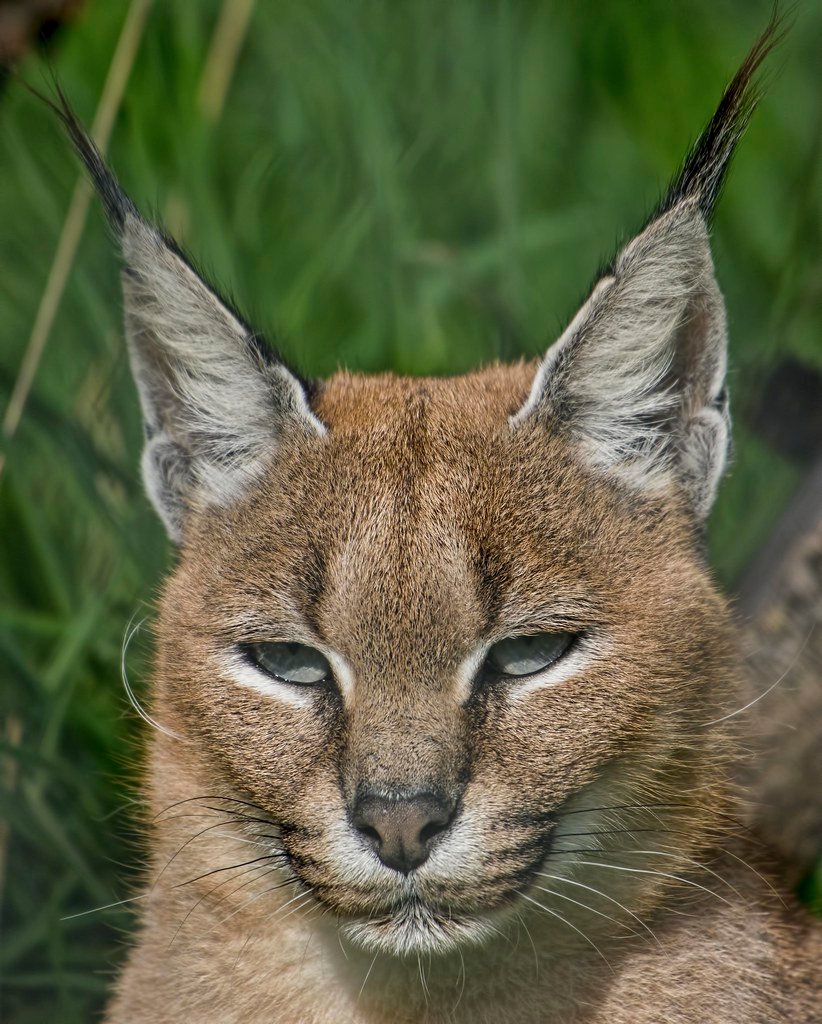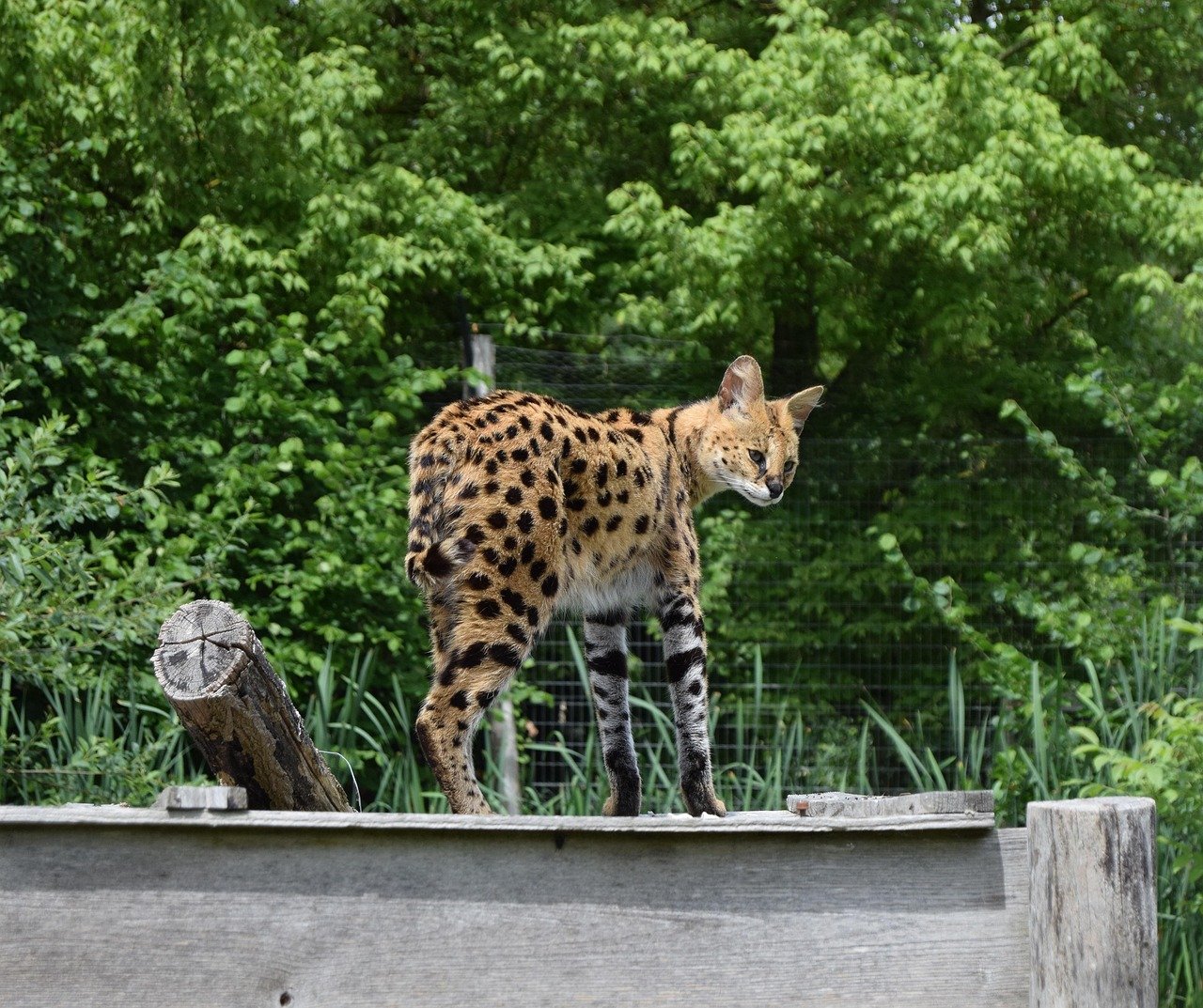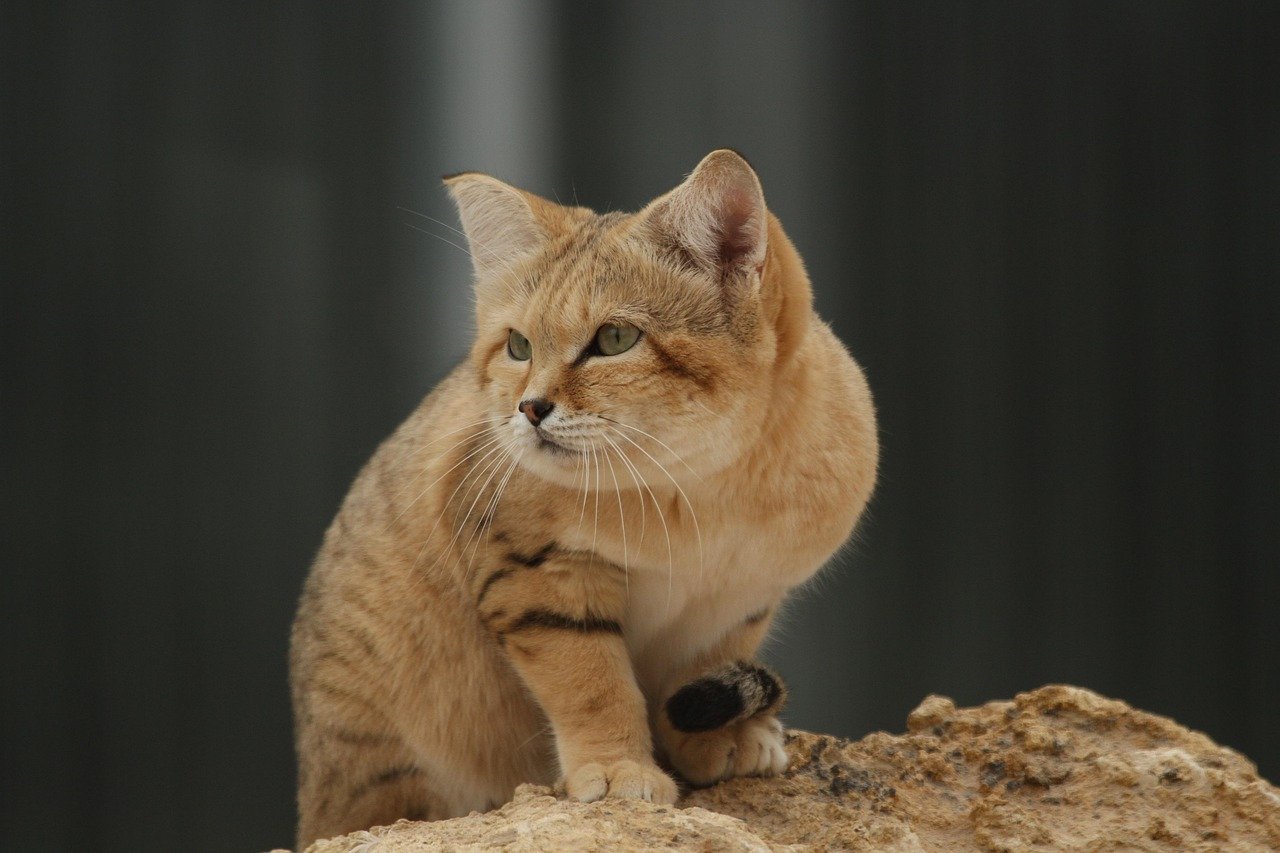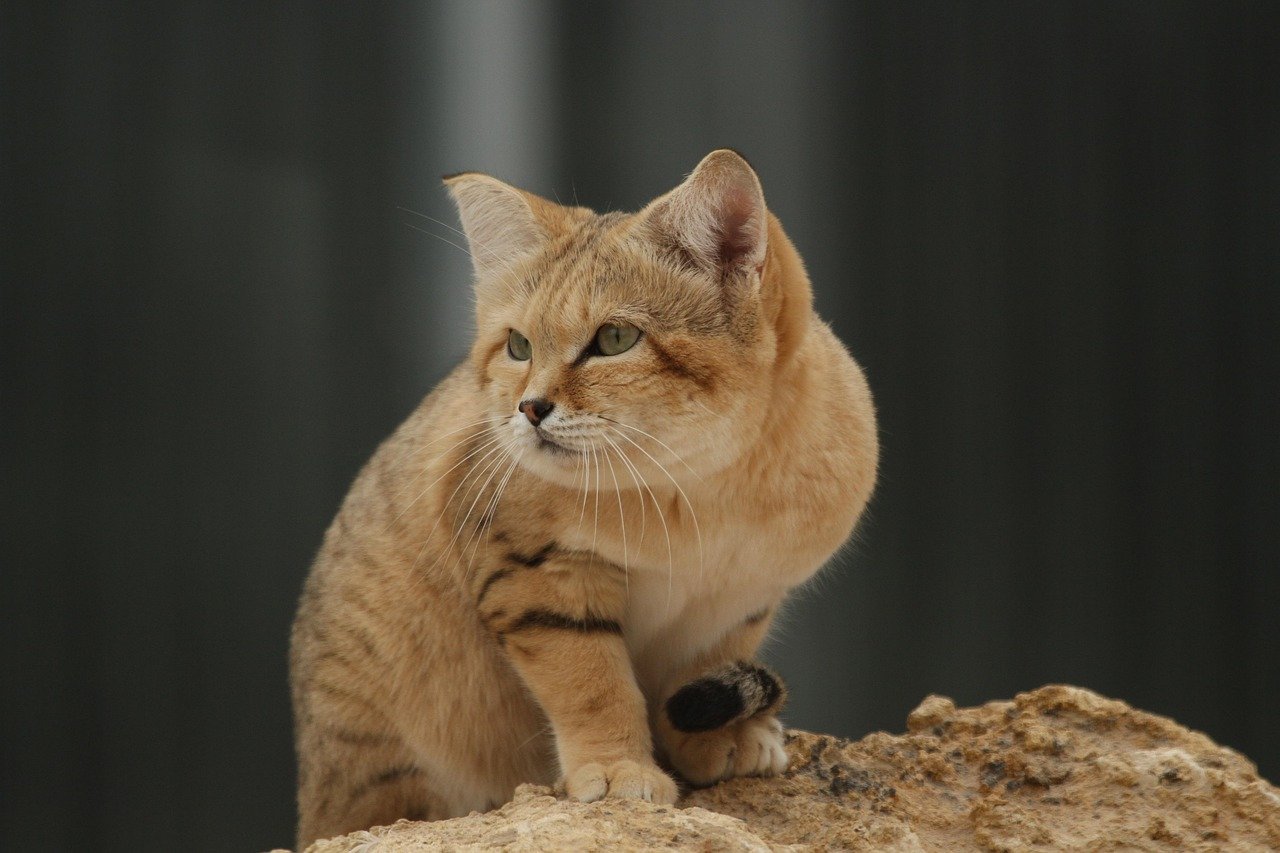The Lioness Who Wouldn’t Leave Her Cub

In Kenya’s Maasai Mara, researchers documented a lioness staying with her deceased cub for three full days. She refused to hunt, barely drank water, and continuously nuzzled the small body. Her behavior mirrored human grief patterns so closely that even seasoned wildlife experts were moved to tears.
The lioness would periodically attempt to lift the cub, as if trying to encourage movement. When other pride members approached, she became fiercely protective, suggesting she hadn’t yet accepted the loss. This powerful display challenges our understanding of animal emotions and maternal bonds in the wild.
Tigers Mourning Their Territory Partners

Siberian tigers in Russia’s Far East have shown remarkable responses to losing their mates. Male tigers have been observed returning repeatedly to locations where their female partners died, sometimes for weeks after the loss. They patrol these areas with unusual vocalizations that sound distinctly different from territorial calls.
One documented case involved a male tiger who stopped eating for nearly ten days after his mate was killed by poachers. Wildlife cameras captured him lying motionless near her last known location, displaying what researchers describe as depression-like behaviors. The emotional weight seemed almost too much for his massive frame to bear.
A Leopard’s Silent Vigil

In South Africa’s Kruger National Park, a female leopard spent an entire week near the tree where her young cub had fallen and died. Rangers noticed she wasn’t hunting her usual prey and appeared listless, moving slowly through her territory. Her spotted coat seemed duller, and her typically alert golden eyes held an unmistakable sadness.
The leopard would return to the base of that specific tree multiple times each day, sniffing and softly vocalizing. Other leopards in the area gave her unusual space, as if recognizing her need to process the loss. This solitary species showed that even independent cats can experience profound emotional pain.
Cheetah Brothers Breaking Apart

When one member of a cheetah coalition dies, the surviving brothers often exhibit dramatic behavioral changes. In Tanzania’s Serengeti, researchers witnessed a surviving cheetah calling for his deceased brother for over two weeks. The distinctive chirping sounds echoed across the savanna like a mournful song.
The lone cheetah’s hunting success plummeted without his partner, not just due to practical reasons but seemingly from emotional distress. He would visit their favorite resting spots and appear to wait, scanning the horizon as if expecting his brother’s return. The bond between these spotted speedsters runs deeper than mere survival partnership.
Mountain Lions and Family Bonds

In Colorado’s Rocky Mountains, a female mountain lion lost two of her three cubs to a harsh winter. Wildlife biologists tracking her movements noticed she began spending excessive time at locations where the cubs had last been seen alive. Her GPS collar revealed she was making irregular, circular patterns around these spots.
The surviving cub seemed to sense his mother’s distress, staying closer than usual and vocalizing more frequently. The mother’s protective instincts intensified dramatically, suggesting that loss had heightened her awareness of mortality. Even apex predators, it seems, aren’t immune to the weight of family tragedy.
Jaguars in the Amazon’s Heart

Deep in Brazil’s Pantanal, researchers documented a male jaguar’s unusual behavior after losing his mate to illegal hunting. Camera traps captured him returning nightly to the river bend where they used to hunt together. His powerful frame seemed diminished, and his usual confident swagger was replaced by hesitant movements.
The jaguar’s rosette patterns appeared to blend with the shadows differently, as if his grief had changed his very presence in the forest. Local indigenous guides, who have observed jaguars for generations, confirmed this wasn’t typical territorial behavior. Something profound was happening in the spotted predator’s emotional world.
Snow Leopards’ High-Altitude Sorrow

In the harsh mountains of Mongolia, a female snow leopard was observed behaving unusually after her cub disappeared during a blizzard. Her thick, pale fur seemed to lose its lustrous quality, and she moved through her rocky territory with uncharacteristic restlessness. Researchers noted she wasn’t marking her territory as frequently, a crucial behavior for these solitary cats.
The snow leopard would often sit motionless on high ridges, her pale blue eyes scanning the valleys below. Her long, thick tail, usually used for balance and warmth, hung limply behind her. Even in one of the world’s most unforgiving environments, emotional pain seemed to outweigh physical hardship.
Lynx Losing Their Kittens

Canadian lynx mothers have displayed heartbreaking responses to losing their young to predation or harsh weather. One documented case involved a female who carried her deceased kitten for two days, refusing to abandon the small body. Her distinctive ear tufts seemed to droop with exhaustion and sorrow.
The lynx’s large, snowshoe-like paws left confused tracks in the snow as she wandered aimlessly through the boreal forest. Her usual precise hunting patterns became erratic, and she emitted soft mewing sounds that wildlife experts had never recorded before. Nature’s efficiency seemed temporarily suspended by maternal grief.
Ocelots and Their Emotional Complexity

In Central America’s cloud forests, an ocelot pair was separated when the male was killed by a vehicle. The female’s behavior changed dramatically, with researchers noting she became increasingly vocal, especially at dawn and dusk. Her beautiful golden coat with distinctive black rosettes seemed to shimmer with nervous energy.
The surviving ocelot began hunting during unusual hours and frequently visited the road where her mate died. Her normally secretive nature gave way to bold appearances in daylight, as if searching desperately for her missing partner. Even these small wild cats, it appears, form emotional bonds deeper than previously understood.
Pumas Processing Loss

In Patagonia’s windswept landscape, a female puma lost her nearly-grown offspring to a territorial dispute with another cat. Wildlife cameras revealed she spent days retracing the paths they had traveled together, her tawny coat standing out against the stark terrain. Her movements lacked the fluid grace pumas are known for.
The puma’s distinctive black-tipped ears remained constantly alert, as if listening for calls that would never come. She would often pause at overlooks where she and her offspring had rested together, gazing out at the endless grasslands. The solitary hunter seemed lost without her companion to guide into independence.
Lions Understanding Death

African lions have shown sophisticated understanding of death that rivals our own comprehension. When an elderly male lion died peacefully in his pride’s territory, the entire group gathered around his body. The lionesses and cubs took turns approaching, sniffing, and lying beside him in what appeared to be a farewell ritual.
Young cubs, who had never experienced death before, seemed confused by their mother’s behavior and the stillness of the once-powerful male. The pride’s dynamic shifted immediately, with surviving males becoming more protective and females displaying increased vigilance. This collective mourning suggests lions possess emotional intelligence we’re only beginning to understand.
Caracals and Territorial Grief

In Africa’s arid regions, caracals have demonstrated unexpected emotional responses to losing territory partners. These distinctive cats, with their prominent black ear tufts, typically maintain loose social bonds. However, when one caracal was found dead from disease, his frequent companion began exhibiting signs of distress.
The surviving caracal’s hunting efficiency dropped significantly, and he began making unusual vocalizations that carried across the desert landscape. His golden-brown coat seemed to lose its vibrant sheen, and his typically alert demeanor became subdued. Even solitary species, researchers concluded, can experience genuine loss.
Servals Searching for Answers

In the African savanna, a serval lost her mate to a snake bite during the dry season. Her extraordinarily long legs, built for hunting in tall grass, carried her on seemingly aimless journeys across their shared territory. Her large, satellite-dish ears remained constantly perked, as if hoping to hear familiar calls.
The serval’s golden coat with distinctive black spots became matted from her restless wandering. She would often sit in locations where they had hunted together, her small head turning at every sound. Wildlife photographers noted her expression held an unmistakable quality of longing that transcended species barriers.
Margays and Maternal Instincts

High in Costa Rica’s cloud forest canopy, a margay mother lost her single kitten to a bird of prey. These arboreal cats, perfectly adapted for life in the trees, normally move with incredible grace through the branches. However, this mother’s movements became erratic and purposeless after her loss.
The margay’s large eyes, designed for nocturnal hunting, seemed to hold an unmistakable sadness. She would call repeatedly from the same branches where she had taught her kitten to climb, her vocalizations echoing through the misty forest. Even thirty feet above ground, grief found its way into the treetops.
Sand Cats Facing Desert Isolation

In the harsh deserts of the Middle East, sand cats typically live solitary lives except during mating season. When a female lost her litter to extreme heat, researchers observed unusual behavior patterns through thermal imaging. Her small, compact body designed for desert survival seemed to shrink further with grief.
The sand cat’s wide-set ears, crucial for detecting prey in the sand, remained flattened against her head for days. She stopped her normal hunting patterns and spent long periods motionless in the shade of rocks where her kittens had sheltered. The desert’s harshness seemed secondary to her emotional pain.
Fishing Cats and Aquatic Mourning

In the mangrove swamps of Southeast Asia, a fishing cat lost her mate to territorial fighting. These semi-aquatic felines, with their partially webbed paws, normally spend much of their time hunting in water. However, the surviving female avoided their favorite fishing spots for over a month.
The fishing cat’s distinctive olive-grey coat became dull and unkempt as she neglected her usual grooming routine. She would sit at the water’s edge, staring at the surface without attempting to hunt. Her webbed paws, perfectly designed for aquatic life, remained motionless on the muddy banks as grief overwhelmed instinct.
What Science Tells Us About Feline Grief

Modern research reveals that big cats possess the neurological structures necessary for complex emotions, including grief. Brain scans show activity in regions associated with emotional processing when cats experience loss. The limbic system, responsible for emotional responses, functions similarly across mammalian species.
Behavioral studies consistently document mourning behaviors in wild cats that mirror those seen in domestic animals and humans. The duration and intensity of grief responses vary by species and individual relationships, but the fundamental emotional experience appears universal. These findings challenge long-held assumptions about animal consciousness and emotional capacity.
Conservation Implications of Emotional Intelligence

Understanding that big cats experience grief has profound implications for conservation efforts. Separating bonded pairs or disrupting family groups may cause psychological trauma that affects survival and reproduction rates. Wildlife managers now consider emotional welfare alongside physical health when making relocation decisions.
Poaching and habitat destruction don’t just eliminate individual animals; they shatter social bonds and traumatize survivors. The ripple effects of grief may impact entire populations, affecting hunting success, territorial behavior, and breeding patterns. Conservation strategies must evolve to protect not just bodies, but hearts and minds.
Conclusion

The evidence from conservationists worldwide paints a clear picture: big cats experience grief with an intensity that rivals our own. From lionesses guarding their cubs to tigers mourning their mates, these magnificent predators carry emotional burdens we’re only beginning to understand. Their tears may be invisible, but their pain is undeniably real.
As we continue studying these remarkable animals, we discover that the line between human and animal emotion is far thinner than we once believed. Perhaps the question isn’t whether big cats can feel grief, but how we’ve remained blind to it for so long. What other emotions might we discover in those golden eyes watching us from the wild?
Hi, I’m Bola, a passionate writer and creative strategist with a knack for crafting compelling content that educates, inspires, and connects. Over the years, I’ve honed my skills across various writing fields, including content creation, copywriting, online course development, and video scriptwriting.
When I’m not at my desk, you’ll find me exploring new ideas, reading books, or brainstorming creative ways to solve challenges. I believe that words have the power to transform, and I’m here to help you leverage that power for success.
Thanks for stopping by, Keep coming to this website to checkout new articles form me. You’d always love it!






